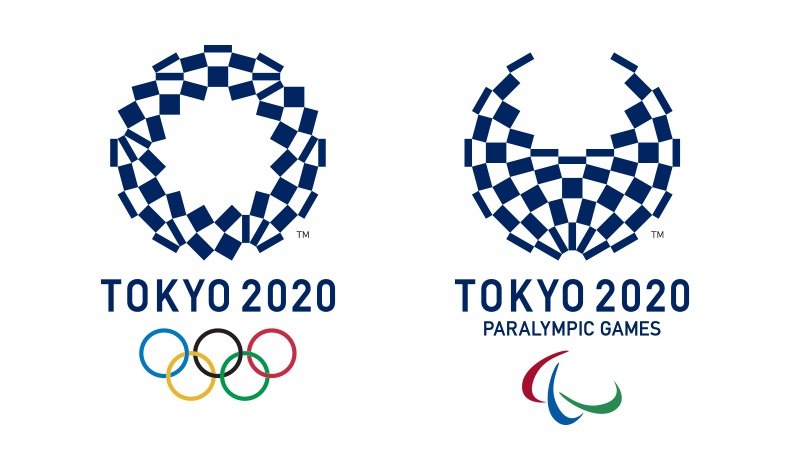In 1964, Tokyo became the first ever Asian city to host the Olympic Games and it was a triumph which propelled Japan into the modern era. Now, the city is preparing to host the games once more in summer 2021, exactly one year after the Tokyo 2020 Olympics were originally due to begin.
The decision to postpone the Tokyo Olympics to summer 2021 due to COVID-19 safety concerns was jointly made by the Japanese prime minister, Shinzo Abe, and the president of the International Olympic Committee (IOC), Thomas Bach. However, the IOC has confirmed that the Games will still be called Tokyo 2020 despite the new 2021 event date.
The Tokyo Olympics have finally begun! Get all the information on our complete guide including schedules, event details, dates, Tokyo Stadium, other venues and more.
This handy Tokyo Olympics guide will give you an overview of the games including important dates, exciting events, sports venues, and ticket information.
Table of Contents
Tokyo 2020 key dates
The Tokyo games will take place over 17 action-packed days from July 24 to August 8 2021.
The Opening Ceremony will be held at Tokyo’s Olympic Stadium. However, the sports action will actually start two days before with the first soccer and softball matches. The qualifying rounds for rowing and archery will start on the day of the ceremony.
The games will heat up as 21 different sports will start including gymnastics, fencing, tennis, table tennis, shooting, and cycling. The absolute peak of the excitement will be the finals of the athletics which will be the last sporting event.
The Closing Ceremony will happen on the last day of the games.
The Tokyo Paralympic Games will start 15 days after the closure of the Olympics.
Overall there will be 540 events across dozens of different sports. You can check the updated Tokyo Olympics schedule to know the 2021 dates when each competition will be held.
Ban on foreign visitors
After months of careful consideration, the Japanese government has decided to impose a ban on foreign visitors to the Tokyo Olympics to curb the spread of COVID-19 and prevent another surge of coronavirus infections in Japan.
The IOC has announced that it fully respects the difficult decision, with President Thomas Bach saying that “the first principle is safety. Every decision has to respect the principle of safety first”.
Nevertheless, Bach added that he hopes that fans around the world will tune into live broadcasts of the events and that they serve as “a light at the end of the tunnel” of the pandemic.
Additionally, the IOC has asked that the government of Japan allow foreign sponsors and overseas Olympic committees to continue to attend the Olympics in person.
Tokyo venues will have no spectators
The new state of emergency will last for the duration of the Tokyo 2020 Olympic Games. Most spectators will not be able to attend Olympic events at the 25 venues located in Tokyo itself, as well as at venues in the following nearby prefectures:
- Chiba
- Kanagawa
- Saitama
Stakeholders with accreditation will be allowed to enter the venues as they have “roles to play during the Games”, according to Toshiro Muto, the CEO of Tokyo 2020.
It will be possible to attend certain events held outside Greater Tokyo. Japanese Olympic Committee Seiko Hashimoto has said that Olympic events held in venues in the following prefectures will have a capacity of up to 10,000 spectators:
- Miyagi
- Fukushima
- Shizuoka
In order for the Olympics to safely go ahead in summer 2021, a number of coronavirus safety measures have been developed. A COVID-19 playbook for the events has been put together by the following parties:
- The International Olympic Committee (IOC)
- The International Paralympic Committee (IPC)
- The Tokyo Organising Committee of the Olympic and Paralympic Games (Tokyo 2020),
- The Tokyo Metropolitan Government
- The Government of Japan
The Playbook of rules for the Tokyo Olympics has already been updated and is likely to be revised again before the Games begin in July 2021.
There is likely to be a limit on the number of spectators allowed at events. The decision on capacities will be announced in June 2021.
The extensive measures to curb the spread of coronavirus during the Games will include testing for athletes and other participants.
There will also be social distancing and PPE requirements for venues and the Olympic and Paralympic Villages.
COVID-19 testing for Tokyo Olympics participants
The coronavirus safety measures outlined in the Playbook include the following testing requirements:
- 2 COVID tests must be taken before traveling to Japan.
- Athletes and anyone in close contact with them will be tested daily once in Japan.
- Other participants will be tested daily for the first 3 days and regularly thereafter.
“Close contact” refers to spending more than 15 minutes less than a meter away from someone without wearing a face mask.
Rules for participants during the Games
There are also various measures that must be followed once in Japan:
- Participants may not use Japanese public transportation.
- Participants must use vehicles designated for the Olympics.
- Participants may only eat in designated areas where there are anti-coronavirus measures in place. (e.g. catering facilities at Games venues and accommodation).
- Minimal contact with residents of Japan and anyone who has already been in the country for 14 days or more.
- Participants must stick to their activity plan and not engage in activities not listed.
It is important to follow other general rules, such as the wearing of face masks, maintaining social distancing, and washing hands regularly. This is particularly important when spending time in enclosed spaces such as hotel rooms or vehicles.
Olympic venues
The Tokyo Olympic venues will be in two main zones: the Heritage Zone (the area of the ‘64 Olympics) and the Tokyo Bay Zone (which will feature newly-built venues). The two zones will overlap to form the shape of the infinity symbol to symbolize the legacy of the games and the link between past, present, and future.
In total, 43 venues will be used. Tokyo Bay Zone will be the largest with 13 venues, the Heritage Zone will contain 7, and there will also be some outlying venues for sports with specific requirements. Thousands of volunteers, who will be the ambassadors of the Olympics, will help to ensure the smooth-running of the stadiums.
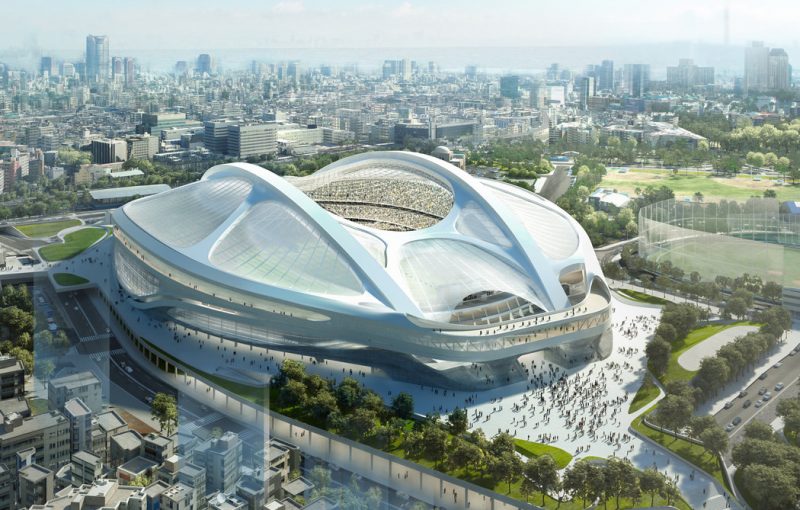
The New National Stadium will serve as the main stadium, as it did in the ‘64 Olympics. The stadium is being rebuilt in the same spot and it will hold 68,000 seats. All the track and field events and the opening and closing ceremonies will take place there. The closest station to the National Stadium is the Sendagaya Station (Shinjuku district) on the Chuo-Sobu Line.
Olympic sports
The Tokyo Olympics will feature 339 events across 33 sports and 50 disciplines. There will be 5 new sports (baseball/softball, karate, skateboarding, climbing, and surfing) as well as 15 new events within existing sports (such as 3-on-3 basketball and freestyle BMX).
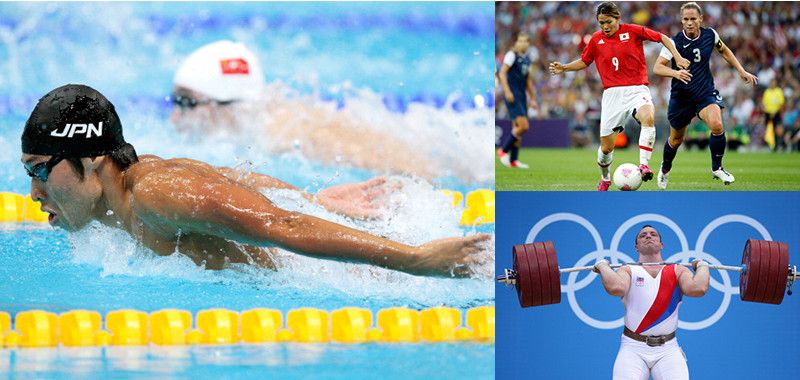
List of sports in the Tokyo 2020 Olympics
Here is a complete list of the sports and disciplines. Some sports are a singular discipline.
- Aquatics: artistic swimming, diving, swimming, water polo
- Archery
- Athletics
- Badminton
- Baseball (new sport): baseball, softball
- Basketball: basketball, 3-on-3 basketball
- Boxing
- Canoeing: slalom, sprint
- Climbing (new sport)
- Cycling: BMX freestyle, BMX racing, mountain biking, road cycling, track cycling
- Equestrian: dressage, eventing, jumping
- Fencing
- Field hockey
- Football
- Golf
- Gymnastics: artistic, rhythmic, trampoline
- Handball
- Judo
- Karate (new sport): kata, kumite
- Modern pentathlon
- Rowing
- Rugby sevens
- Sailing
- Shooting
- Skateboarding (new sport)
- Surfing (new sport)
- Table tennis
- Taekwondo
- Tennis
- Triathlon
- Volleyball: volleyball, beach volleyball
- Weightlifting
- Wrestling: freestyle, Greco-Roman
Tokyo 2020 mascots
The Tokyo 2020 mascot is a futuristic, indigo-blue character called Miraitowa who has the Tokyo 2020 emblem across its head and body. The design process included 5 million children across Japan who gave their feedback.
Miraitowa’s personality is derived from a traditional Japanese proverb which means to learn old things and to gain new knowledge from them. The mascot has a strong sense of justice and has the special ability to be able to move anywhere instantly.
The 2020 Paralympic mascot is pink and called Someity. It has cherry blossom tactile sensors and 3 superpowers: telepathy, telekinesis, and the ability to fly using its special cloak. Someity has a dignified inner strength and loves nature. Both characters have the Tokyo 2020 logo on their head.
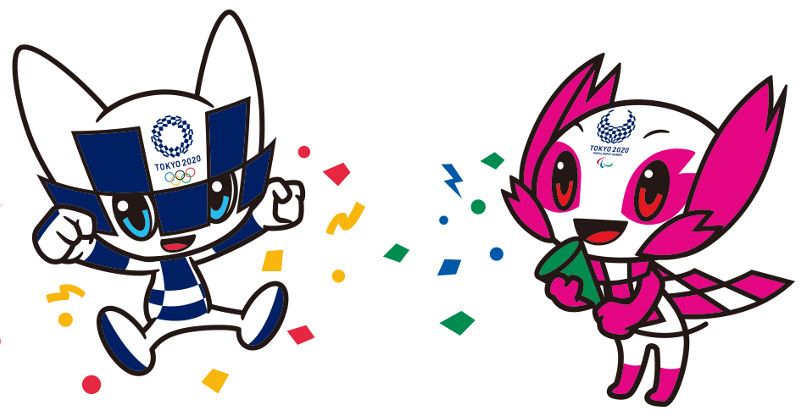
Tokyo 2020 tickets: Refunds and validity
Japanese residents were first eligible to apply for tickets from the Tokyo 2020 official website, before sports fans from other countries were able to buy tickets and travel packages from their country’s Authorized Ticket Resellers (ATR).
The IOC has announced that tickets that were purchased for the games when they were originally due to be held in 2020 are still valid for the same session on the 2021 dates. However, they have also clarified that overseas fans who are now not able to attend due to COVID-19 restrictions are able to receive a refund for Olympic tickets.
Spectators who have purchased their tickets directly through the Tokyo 2020 Official Ticket Website can apply for a refund through the same site. Refunds for tickets purchased through ATRs will be handled in line with each company’s terms and conditions.
Find out more detailed information in our article about the Tokyo 2020 Olympics tickets.
The Olympic Torch Relay
The Tokyo Olympic Torch Relay will start on March 25, 2021, and it will pass through all 47 prefectures in Japan. It will start in Fukushima Prefecture and then venture southward.
The torch’s journey will coincide with Japan’s famous cherry blossoms, which typically bloom in early April. The relay will last 121 days and aim to promote the Olympic values throughout Japan. The relay will also aim to demonstrate solidarity with the regions still recovering from the earthquake and tsunami of 2011. It will carry the slogan “hope lights our way.”
In a few years time, the Olympic Torch will make its way to France for the Paris 2024 Olympics. The next winter Olympics will be Beijing 2022.
Transport innovations for 2020
Japan has long been known for its groundbreaking research and development in a variety of technologies, and these will be prominently on display during the 2020 Olympics. Within the Olympic Village, humanoid robots will be available to give you directions to nearby accommodations and attractions. New technology will also allow for holographic updates of happenings within the stadium.
When you head to your hotel, you can use one keycard for the train, your hotel room, and your driverless taxi, the result of the implementation of a new generation of cutting-edge “robot taxis” in Tokyo in preparation for the Games.
New Maglev trains
Regarding transportation, Tokyo will again introduce the world to its fastest train yet. While not planned to enter commercial operation until 2027, the Maglev will make its debut at the Tokyo Olympics. This train has broken all land speed records and is capable of reaching speeds more than 374 miles per hour.
These future trains operate on the principle of magnetic levitation, enabling the train to hover above the tracks. It is this lack of friction that allows the train to reach tremendous speeds, while still adhering to stringent Japanese safety standards.
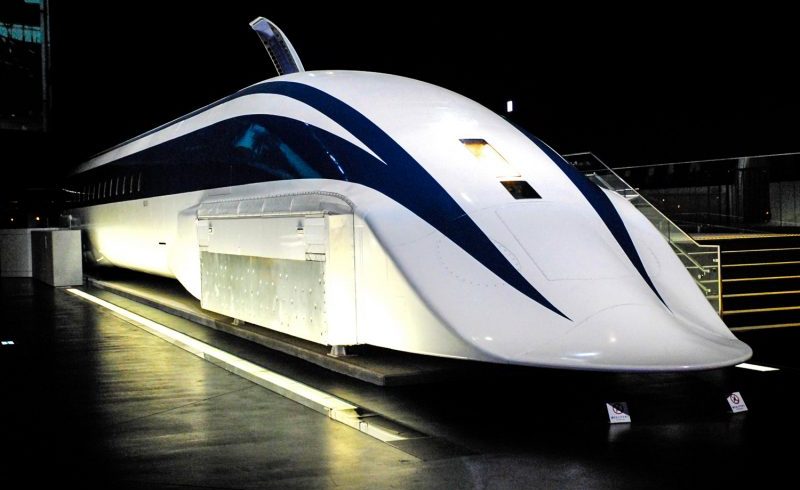
New Shinkansen N700s Supreme trains
Also, the new Shinkansen N700S series, also called Shinkansen Supreme, has been introduced just in time for the Olympics.
This smarter and quieter train has been redesigned and now runs on the Tokaido Shinkansen line, between Tokyo Station and Shin-Osaka Station. Thanks to being 11 tons lighter than the previous generation, it consumes less energy.
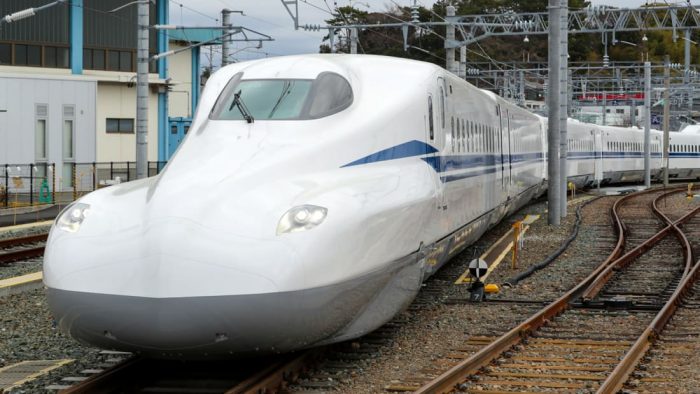
New station on the Yamanote line
In honor of the event, the Yamanote Line has inaugurated a new station: Takanawa Gateway Station. This station is located between Shinagawa and Tamachi Stations, and provides access to the Haneda Airport Monorail and the JR Keihin-Tohoku line.
Designed in the eki naka style, Takagawa Gateway station is four stories in height, and the public area boasts a large screen for viewing the games.
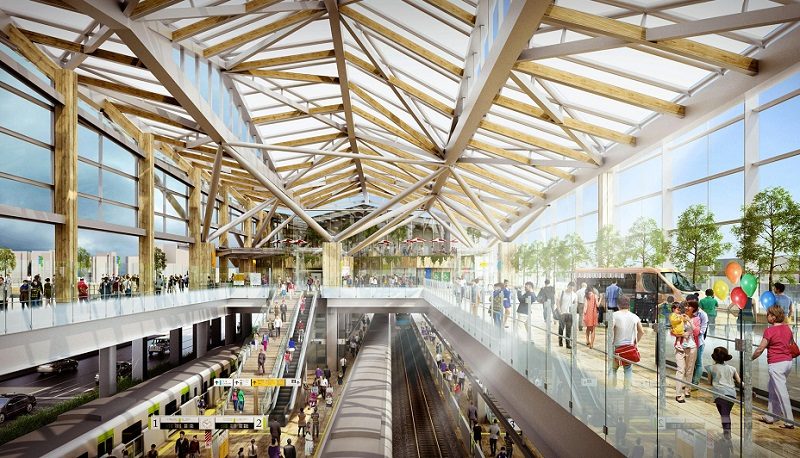
The Tokyo metro system and JR East have been named official partners in the Tokyo 2020 Sponsorship Programme. Their goal is “to contribute to the growing enthusiasm (…) by providing safe and comfortable transportation services” said JR East President and CEO Tetsuro Tomita.
Begin making your travel plans now so you won’t miss out on this once in a lifetime event, and let your JR Pass make travel fast and easy.
